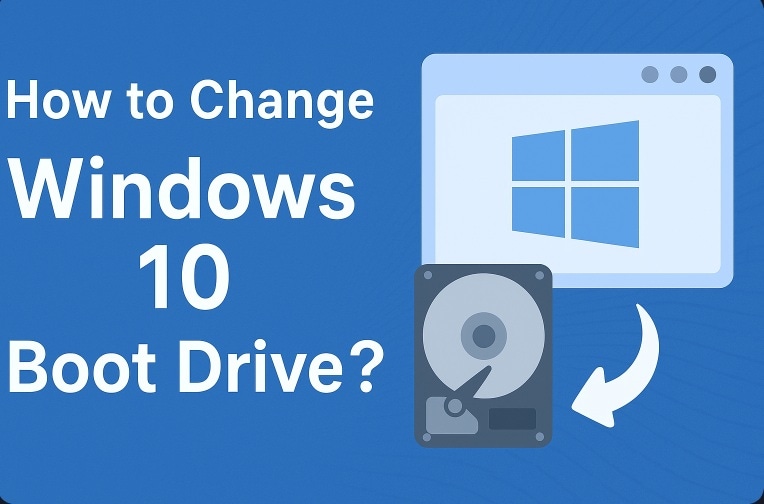
Some users operate computers with multiple drives. In such cases, the system might boot from a drive you didn’t intend to use. You might also upgrade your primary drive and want the computer to start from the new one. Knowing how to change the boot drive in Windows 10 can be incredibly useful. While the process may seem complex at first, clear instructions and a bit of patience make it surprisingly straightforward.
The idea is simple. A computer needs one main drive to load Windows. This drive holds the system files. If you plan to switch to a new drive, add a new SSD, or repair your old drive, you must guide the system to start from the right one.
You may also need to understand what is boot drive on Windows 10, how it works, and how it links to system startup. With easy tools and a calm approach, you can finish this task with no trouble.
Try Recoverit to Recover & Repair Video/Photo/Docs etc.
Security Verified. Over 7,302,189 people have downloaded it.
Table of Contents:
Part 1: Why You May Need to Change Windows 10 Boot Drive
Users change their boot drive for many reasons. Some reasons come from hardware changes. Some come from system issues. Some come from upgrades. Each reason points to the same need. Your system must start from the correct location. When you understand how to change boot drive on Windows 10, you handle these moments with more confidence.
Hardware upgrade
You may install a new SSD. It is faster and safer. You want Windows to start from that drive.
System repair
Your old drive may stop working. You install Windows on a new drive. You must switch the boot path.
Faster performance
A slow hard drive makes the system slow. You want to move Windows to a faster drive to get smoother work.
Drive corruption
When system files break, Windows may not load. A new drive with a fresh setup helps start the system again.
Adding a new SSD
Many users add a second drive. You may want this new one to act as the main startup drive.
Removing old drives
If you uninstall older drives, the system may still try to boot from them. You must correct the order.
Dual-boot setup
Some users run two systems. They must choose the right drive each time they start the computer.
Fix incorrect boot order
Sometimes the system picks the wrong drive on its own. Boot order changes fix this error.
Part 2: How to Change Windows 10 Boot Drive
This part explains the full steps to switch the startup drive. You may need these steps when you want a clean start, a faster system, or a new setup. You will also learn how to make a boot drive for Windows 10 in some methods. That helps when you want a fresh installation. Each method tells you why it helps and when you should use it.
Method 1: Enter BIOS or UEFI settings and change boot order
The system checks BIOS or UEFI before loading Windows. This place holds the boot order. You can set the new drive as the first option. Many users use this method because it is simple. You do not need extra tools. You only need to press the right key when the computer starts. If you know what is boot drive on Windows 10 is, this step becomes even easier.
Steps
Step 1: Restart the computer and press the BIOS key, such as F2 or Delete.
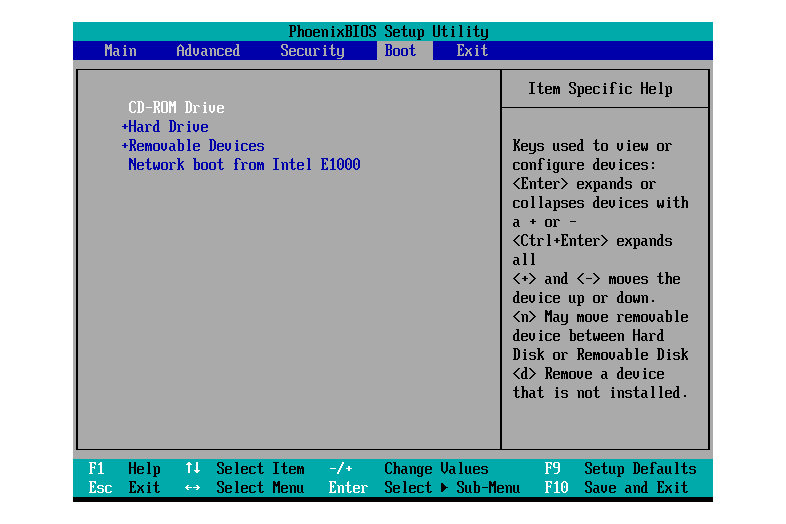
Step 2: Go to Boot Order. Move the target drive to the top. Save and exit.
Method 2: Use Windows Boot Manager to select the default drive
Windows Boot Manager helps users choose which drive starts first when more than one system is present. It is helpful when you install Windows on more than one drive. It is also useful when you test a new setup. You may learn more about how to change the boot drive on Windows 10 through this tool because it is built into the system.
Steps
Step 1: Open System Settings. Go to Startup and Recovery.
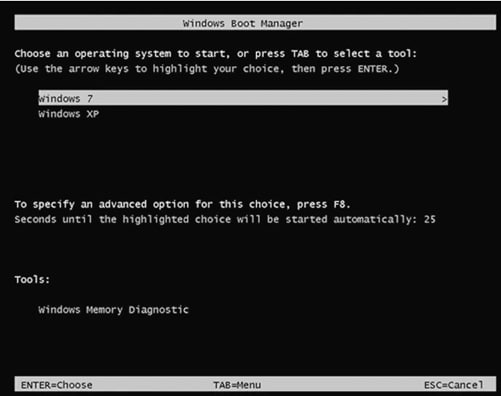
Step 2: Choose the default operating system linked to the drive you want.
Method 3: Disconnect other drives temporarily to force boot from the desired drive
This method is simple. If you unplug other drives, the system only sees one drive. It must boot from that drive. This helps when two drives hold system files and create confusion. This method also helps when learning how to change the Windows 10 boot drive for new builds.
Steps
Step 1: Turn off the computer and unplug other drives.
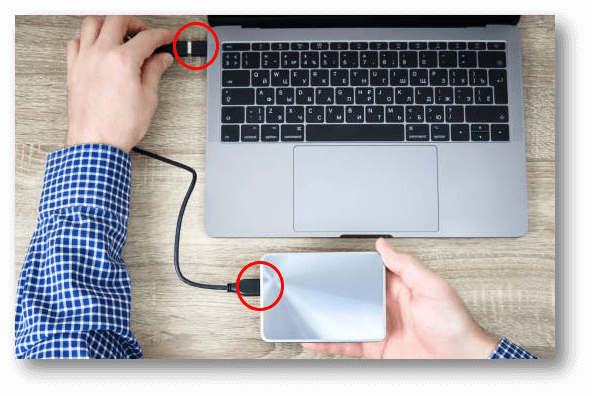
Step 2: Start the system. Let it boot. After confirmation, reconnect drives.
Method 4: Clone Windows 10 to a new drive and set it as the boot drive
Cloning copies your full system to a new drive. Many users do this when they want faster speeds from SSDs. After cloning, you set the new drive as the startup drive. This method also relates to how to create a Windows 10 boot drive when you plan a full upgrade.
Steps
Step 1: Use a cloning tool like AOMEI Partition Assistant to copy Windows to the new drive.
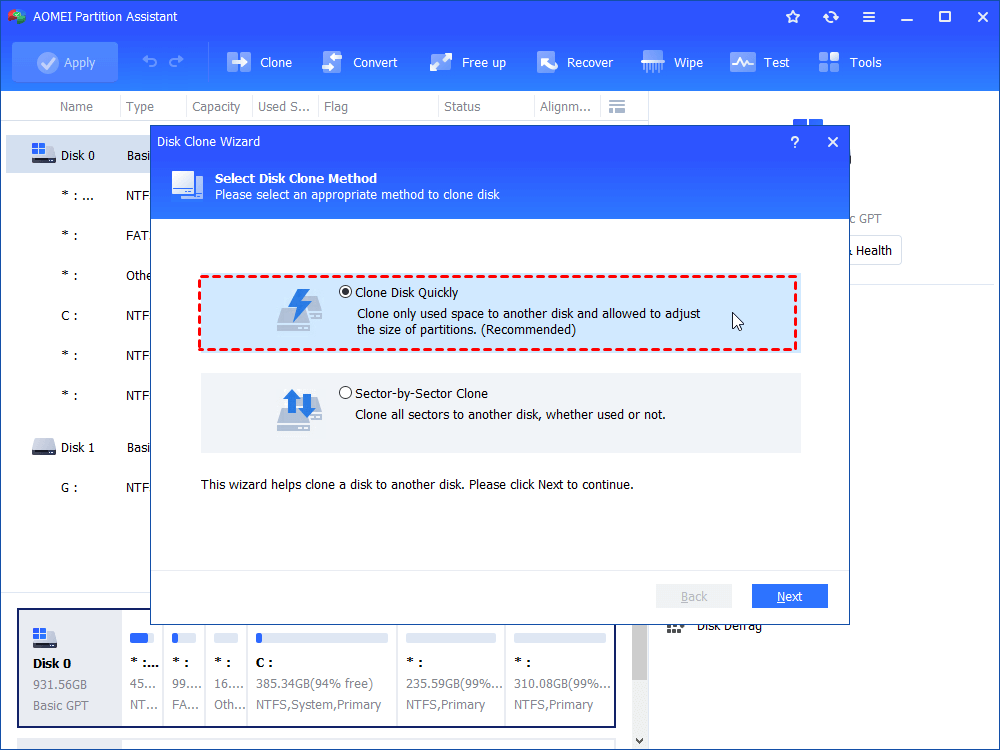
Step 2: Go to BIOS. Set the new drive at the top of the boot list.
Method 5: Use Disk Management to ensure the correct partition is marked Active
Partition settings also affect startup. If the wrong partition is active, the system may fail. Disk Management helps you check this. When the correct partition is active, you get a smooth start. This helps users who already know how to make a boot drive for Windows 10 but want to correct deeper settings.
Steps
Step 1: Open Disk Management.

Step 2: Right-click the system partition and choose Mark as Active.
Method 6: Reinstall Windows 10 on the new drive if necessary
If the system fails on both drives, you may install Windows again. This fresh start works best when your drive becomes corrupt. You may also need this step if you cannot clone the system. A reinstall creates a clean setup. This is also part of how to create Windows 10 boot drive because you use a USB for installation.
Steps
Step 1: Create a boot USB.
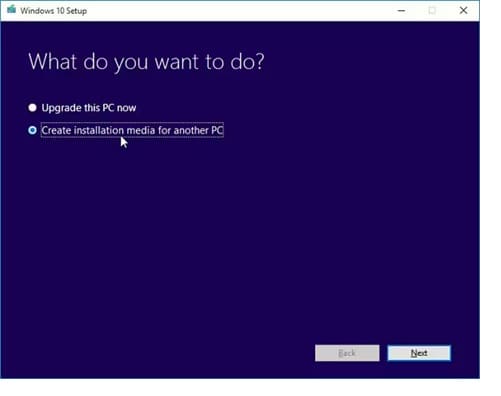
Step 2: Install Windows on the new drive.
Part 3: Recover Lost Files with Recoverit Data Recovery Tool: A Safe Way to Restore Files After Boot Drive Changes
Changing the boot drive can lead to file loss if the drive fails or if partitions become damaged. Many users face missing files after changing disk order or reinstalling Windows. Recoverit offers a clear way to restore lost work and personal data. You can use it even if the drive does not open in a normal way.
Recoverit works well when boot changes go wrong. If you try to clone the system and lose data, the tool can help you find it. If you remove the wrong partitions while learning how to change the Windows 10 boot drive, this tool can recover lost files. It acts as a support solution for troubles that happen during boot setup. It also helps new users who fear losing files during upgrades.
Recoverit reads broken drives in a deep way. It can also scan deleted folders and rebuild missing pieces. This gives you a safe option when the system becomes unstable. You do not have to fear losing work because the tool scans large areas of the disk.
Why use Recoverit
• Safe file recovery
• Deep scan for damaged drives
• Works on external and internal drives
• Simple steps
• Restores many file types
• Helps after system errors
Steps
Step 1: Install and open Recoverit on a working computer.

Step 2: Select the drive that lost files.

Step 3: Scan and restore the files you need.

Part 4: Pro Tips Before and After Changing Boot Drive
Some tips help you avoid trouble before and after the change. These steps protect your files and guide the system to work well. They also support users who learn how to change Windows 10 boot drive for the first time.
Backup files Make a copy of important files before any change.
Check cables Loose cables cause errors during startup.
Update BIOS A new BIOS helps drive detection.
Use proper ports Connect new SSDs to fast ports.
Avoid mixing system files Remove extra OS files from old drives.
Label drives Helps you track which drive is which.
Keep USB ready A Windows USB helps during trouble.
Scan drives Fix small errors before the switch.
Conclusion
It is important to know how to guide your system to start from the right drive. Many users change their boot drive when they upgrade to faster storage or repair damaged drives. Once you understand what is boot drive on Windows 10, you see how simple the process can become. You only need careful steps and steady work.
When something goes wrong, you can still fix it. Tools like Recoverit help keep your files safe. You can also reinstall Windows or adjust settings at any time. By following this guide, you know how to change Windows 10 boot drive and handle many common issues.
FAQs
-
1. Why does my system not start from the new drive?
Your BIOS may still use the old drive. Check boot order. Make sure the new drive has system files. If needed, set the correct partition active. -
2. What if Windows does not load after the change?
You may need to run Startup Repair. You may also need to reinstall Windows. A bootable USB helps in such moments. -
3. Can I move Windows without losing data?
Yes. You can clone the system to a new drive. You can also use recovery tools if something goes wrong.



 ChatGPT
ChatGPT
 Perplexity
Perplexity
 Google AI Mode
Google AI Mode
 Grok
Grok























